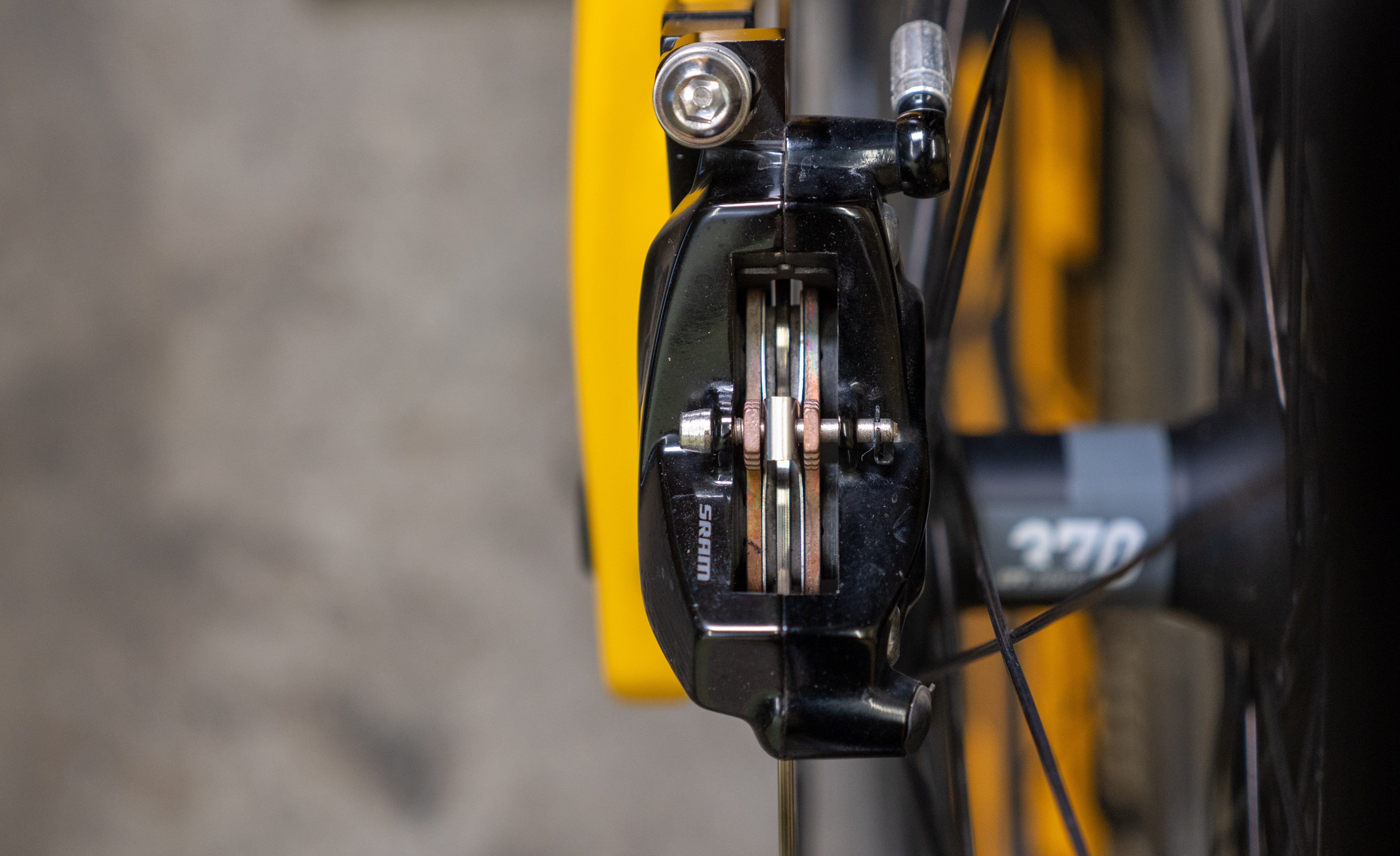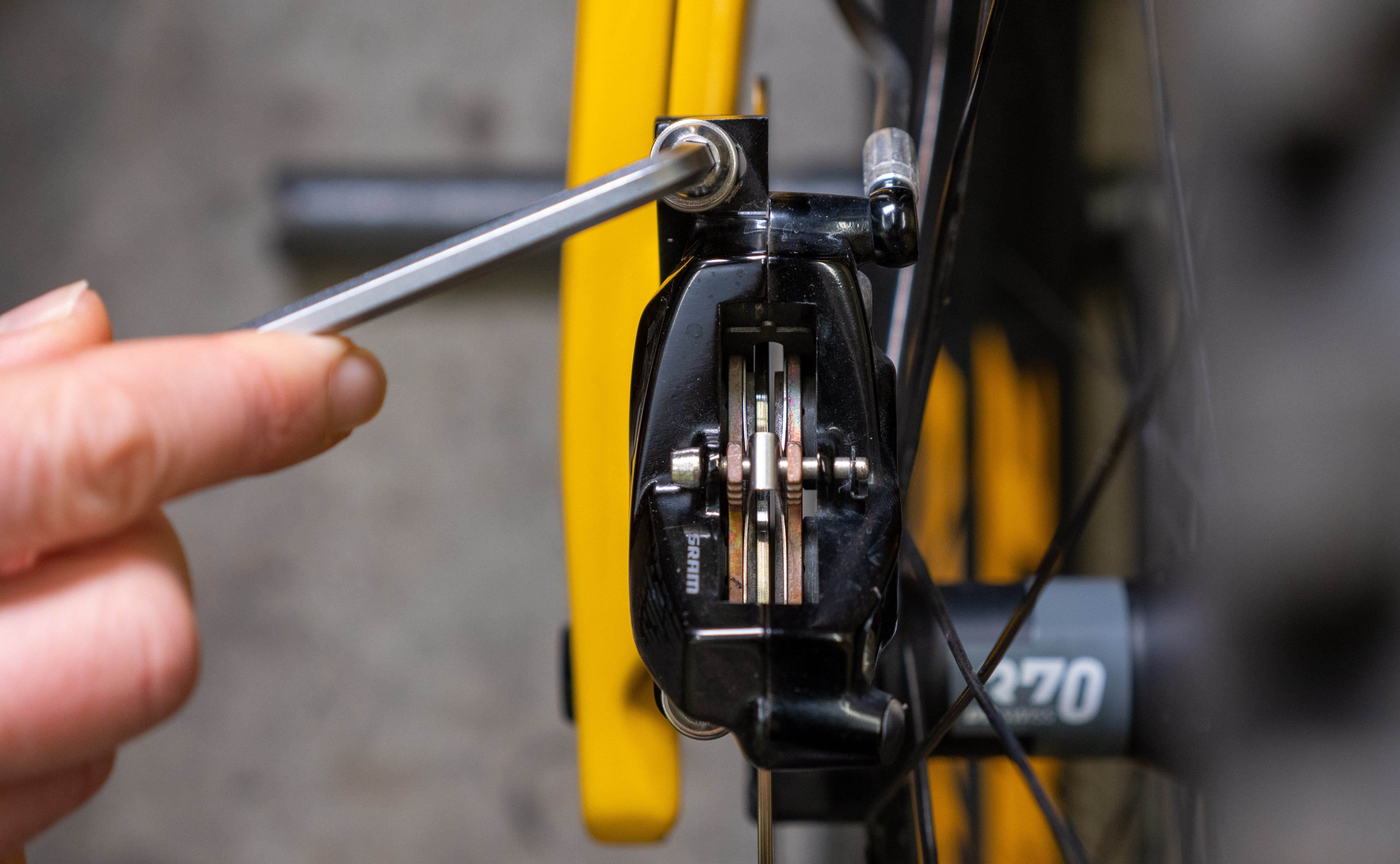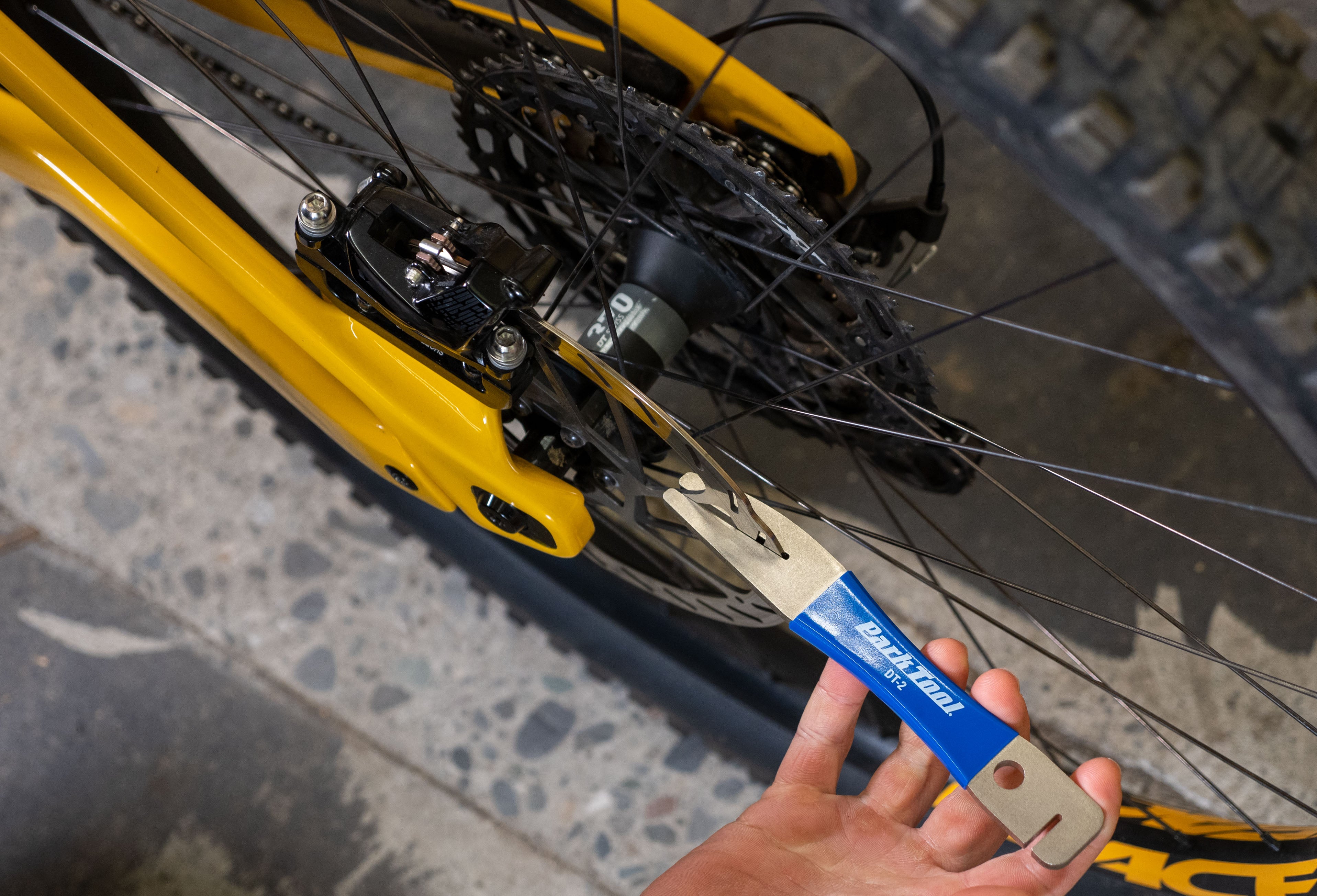Why are my brakes rubbing?
Brake rub is a common and annoying issue that most riders will encounter at some point when maintaining their mountain bike. It occurs when brake pads come in unwarranted contact with the rotor, causing friction and an irritating scraping or squeaking sound. This unwanted contact between the brake pads and rotors not only compromises the wheel’s rotation but also leads to uneven wear on the pads. While brake rub may be one of the more bothersome issues, it is one of the easiest to address. In this article, we’ll look at the common causes of brake rub and how to fix it.
Identifying Brake Rub
Checking for brake rub is simple and can be done by even the most novice home mechanics. Spin either the front or rear wheel while looking down through the top of the caliper to identify any unwanted contact or friction throughout the wheel's rotation. Most cases of brake rub will be very noticeable, with one of the brake pads visually making contact with the rotor during its rotation. Other telltale signs of brake rub are the wheel's inability to spin freely and a scraping/rubbing noise from the caliper area. This sound is caused by the rotor making contact with either the pads. Brake rub creates unwanted rub or contact that impedes the wheel's rotation and, in extreme cases, will increase the wheel's rolling resistance, not allowing it to spin freely.

Possible Causes of Brake Rub
Misaligned caliper: The caliper is not mounted in alignment with the rotor.
Bent Rotor: The rotor is not perfectly true, causing it to contact the pads. When a rotor is bent out of true, brake rub can occur even when the caliper is perfectly aligned and the pistons function correctly.
Pistons actuating unevenly: The pistons in the brake caliper are pushing unevenly, typically causing one pad to rub or make premature contact with the rotor.

Simple Solution for a Misaligned Caliper
The culprit behind brake rub is most commonly a misaligned caliper. In this case, the brake pads make uneven contact with the rotor, causing unwanted drag and the associated scraping or rubbing sound. To address this issue, it is necessary to loosen both caliper mounting bolts, allowing the caliper to “float” freely. While looking straight down into the caliper, gently adjust it until it is centered on the rotor, with a small visual gap between both brake pads and the rotor. Once perfectly centered, tighten down the hardware to the required torque spec.
How to Straighten a Bent Rotor
To properly true a brake rotor, a rotor truing tool is recommended. Knipex or similar style pliers can be used in a pinch as long as they have a flat, smooth clamping surface to avoid damaging the surface of the rotor. Although the proper tool for the job goes a long way, a truing tool is the most precise and accurate way to bend a rotor into shape. Identify the bent section making contact with the pads, and use the truing tool to flex the rotor in the opposite direction. Start off with minor adjustments while spinning the wheel intermittently to check alignment, and only start to add more force as you get a feel for what is happening each time.
Verdict
While bothersome, brake rub is easy to diagnose and, often, just as easily fixed. With the typical culprit of brake rub being a misaligned caliper, all that is needed to resolve the issue is a 5mm allen and some attention to detail. A bent rotor requires more trial and error but can still return a bike to normal function without invasive service. In rare cases, a brake bleed or piston rest may be necessary, in which case Fanatik’s team of mechanics are happy to help.

More Articles You Might Like
RockShox Vivid Air Ultimate Review // The Best Air Shock for MTB?
Product Reviews / BK Stancil / May 08, 2024
With development dating bac...
Read MoreFirst Look: DT Swiss 240 DEG // How Does the 240 DEG Compare to the 240 EXP?
Product Guides / BK Stancil / Apr 18, 2024
While the 240 DEG initially...
Read MoreView More:

